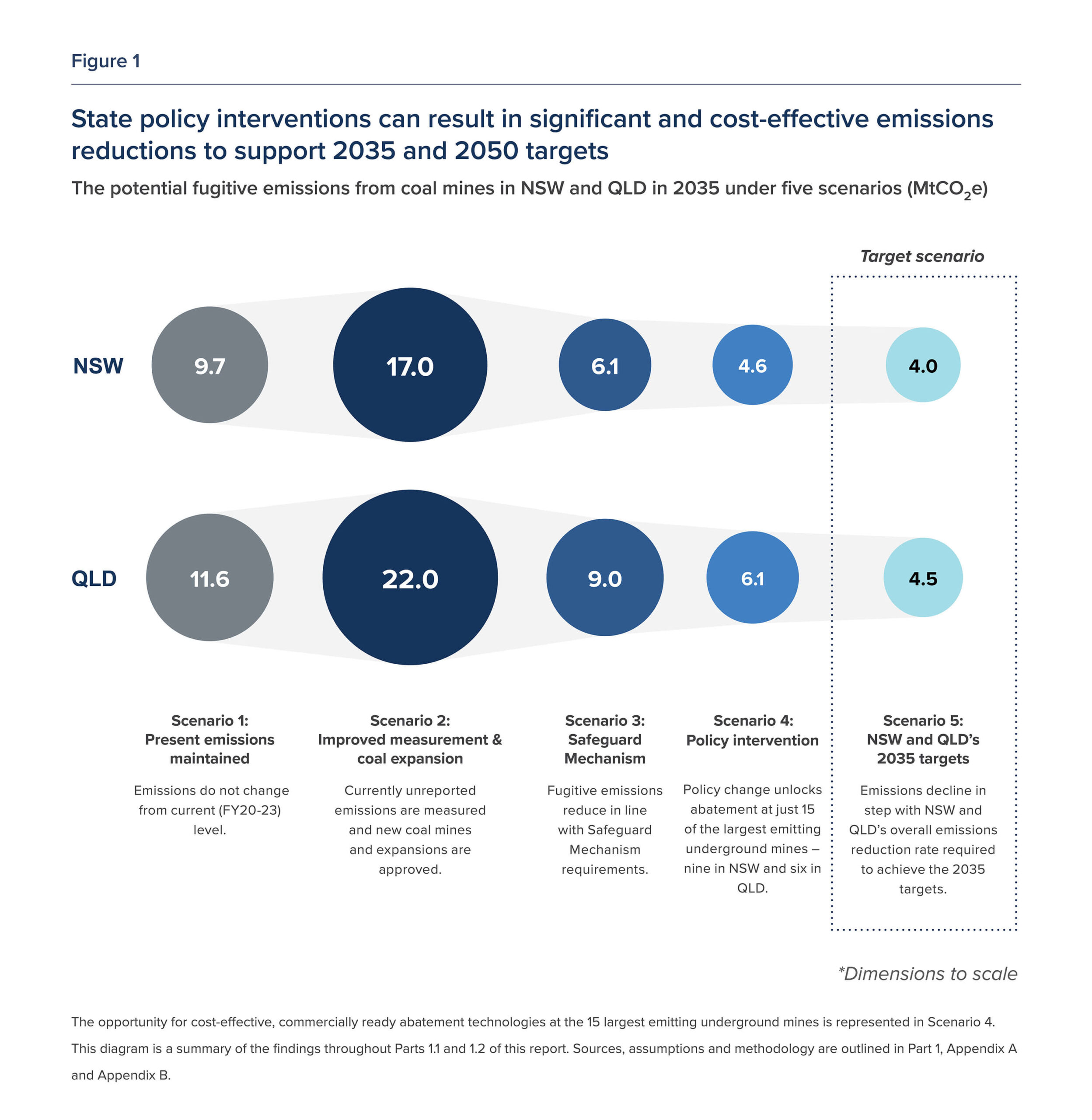There is a significant opportunity for state policy in NSW and QLD to complement the Safeguard Mechanism and unlock cost-effective, near-term and on-site fugitive emissions abatement from coal mines. Through an intensive co-design process, we developed and modelled the benefits of a suite of three complementary policy measures to help industry overcome these barriers and accelerate the adoption of cost-effective, on-site abatement.

© COPYRIGHT – 2025 – COMMON CAPITAL
